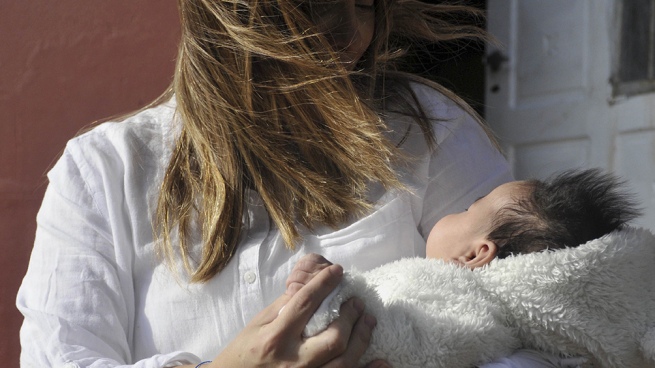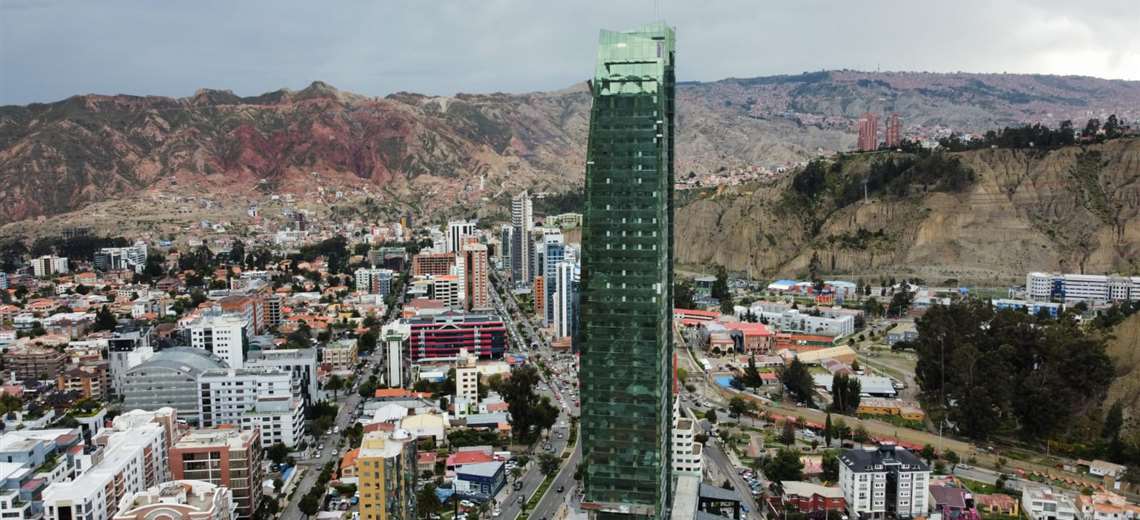The infant mortality rate decreased in 2020 to 8.4 per thousand live births, which represents the lowest rate in five years, due “in part to the impact of the multiple plans and programs aimed at improving the health of children under one year,” informed the Ministry of Health of the Nation.
In 2020, a pandemic year, the infant mortality rate was 8.4 per thousand live births, while in 2019 it had been 9.2. The decline has been sustained since 2015 (9.7 per thousand), 2016 (9.7 per thousand), 2017 (9.3 per thousand) and 2018 (8.8 per thousand).
The decrease in 2020 compared to 2019 represents a reduction of almost one point in children under one year of age. In numerical values, in 2020, 4,505 child deaths were recorded, 22% less than in 2019.
Of these deaths, 3,303 were neonatal (first month of life) and 1,202 were post-neonatal (from the first month to one year of life), with decreases of 15 and 35 percent, respectively.
“The infant mortality rate continued to decline in a pandemic year, continuing the downward trend that has been registered for several years. The cause is multifactorial and is explained in part by the impact of the multiple plans and programs aimed at improving the health of children under one year of age,” explained the National Director of Epidemiology and Strategic Information, Analía Rearte.
The official, during a virtual meeting with members of the Argentine Network of Scientific Journalism (RADPC) where she presented a summary of the analysis of vital statistics data for 2020, indicated that among the programs applied are “the 1000-day Plan, which aims to care and comprehensive health care during pregnancy and early childhood”.
The health portfolio detailed that most of the causes of infant mortality “showed a decrease, led mainly by deaths caused by diseases of the respiratory system, which fell by 64 percent (from 375 deaths in 2019 to 136 in 2020).
Meanwhile, “deaths from external causes showed a drop of 39 percent (from 137 to 84 deaths) and there was also a decrease in mortality from congenital malformations, where those of the nervous system stand out with a reduction of 37 percent .
The Ministry also highlighted that 30 child deaths caused by covid-19 were recorded in 2020.
While the diseases that registered an increase in the number of deaths in 2020 compared to 2019 were respiratory distress in newborns, which grew from 318 to 378 deaths; and hemorrhagic and hematological disorders, which went from 111 deaths registered in 2019 to 136 in 2020.
Regarding maternal mortality, the national rate, which is deduced from maternal deaths over live births, increased from 3 to 4.1 per 10,000 live births.
This increase “is explained by indirect obstetric causes”, among which the outbreak of the pandemic was highlighted, a health phenomenon similar to the one experienced in 2009 with the outbreak of Influenza A (H1N1).
In this sense, a total of 221 women died due to causes related to pregnancy, childbirth and the puerperium were registered. This is 33 more deaths than those recorded during 2019, while deaths caused by viral diseases in 2020 were 41, of which 37 are caused by Covid-19.
According to a WHO study, despite advances in many general health and equity indicators, “social inequality remains a major concern, especially for maternal and child health.”
He indicated that the majority of child deaths “occur from preventable causes, including infectious diseases for which there is a cure, and are concentrated in poor countries.”
The death of many children globally “is linked to geographical inequality in neonatal, infant and child mortality, and to the fact that, although these indicators have been reduced globally in recent years, their reduction has not was the same in all countries,” the study indicates.








